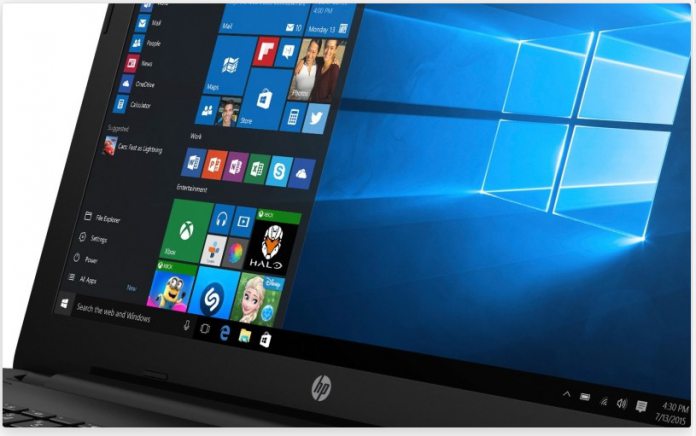The issue seems to appear after Windows tells users to restart and install updates. It was first reported on May 14, but has seen a surge recently as the update rolls out to more users. The black screens have been investigated by computer repair firm Computer Cellar, which beliefs it to be an issue with Avast. A large number of affected users report using Avast, with others on its other software, AVG. A small number report issues with McAffee or having no software at all.
Avast Denies Responsibility
Unfortunately, the repair process isn’t as simple as other bugs. Users will need several free hours, a fresh download of Windows 10, and access to another working computer. You can find a full tutorial on Computer Cellar’s site. So far, Microsoft and Avast’s responses have been limited. Avast flatly denies the issue, telling The Register: “We have tested this and couldn’t identify any problems affecting Avast Antivirus consumer users specifically. Online user comments show that many are unfortunately experiencing problems updating to Windows 10 ‘1803’. We cannot rule out that a small number of Avast users may be having difficulties updating, too, but we don’t see any indications that this is caused by Avast.” Microsoft says it’s investigating the issue but is yet to provide workarounds of its own. For now, users should uninstall their antivirus program before updating, or sit it out entirely. The update has previously seen issues with SSDs, browser crashes, and microphones, so it’s worth proceeding with caution.




